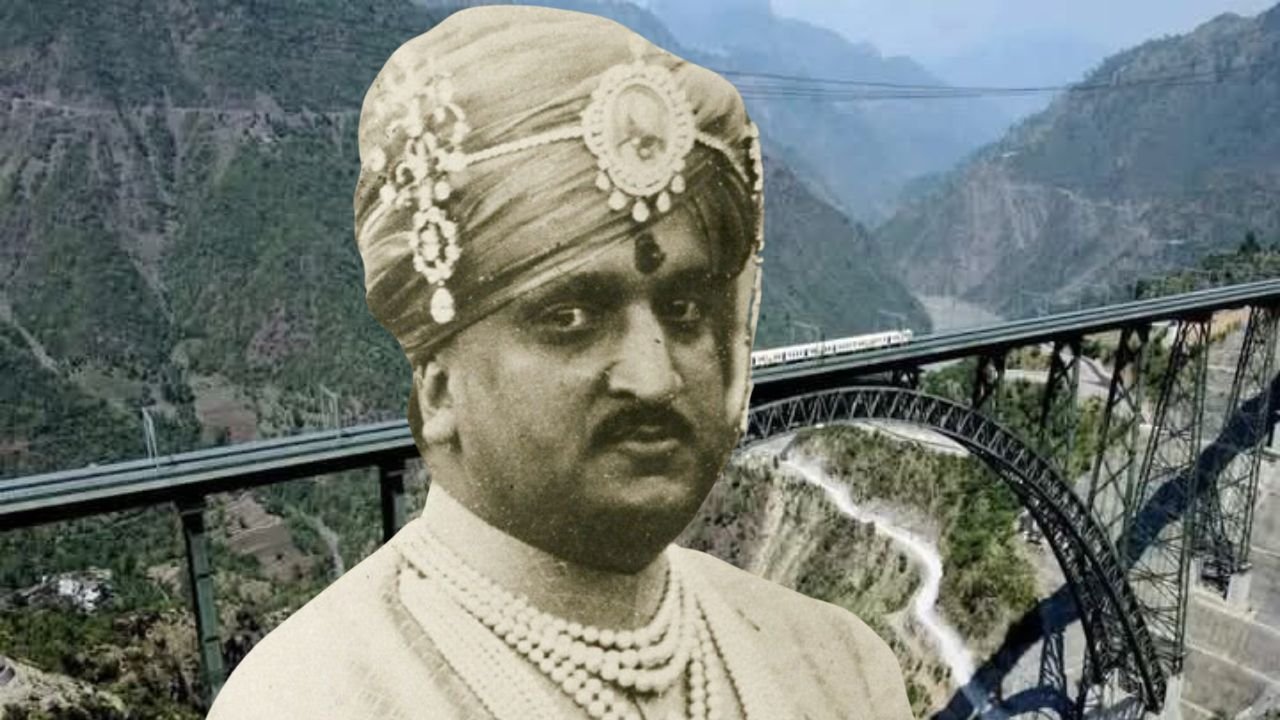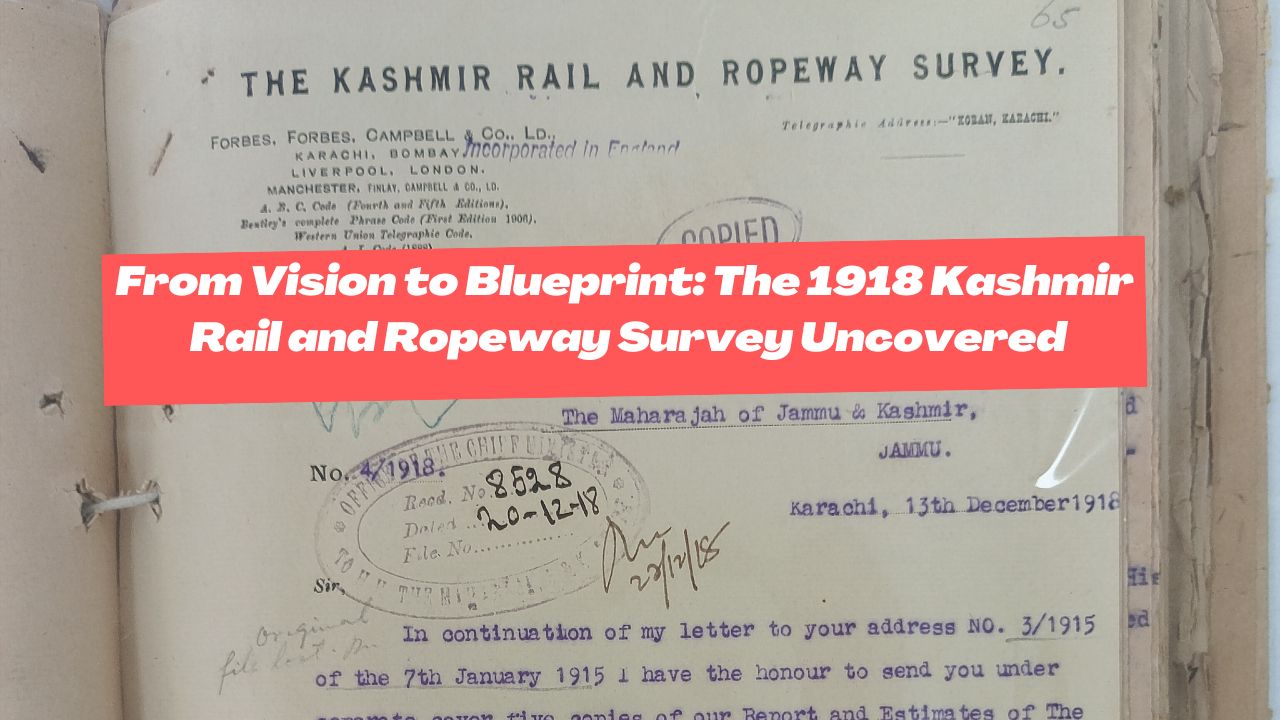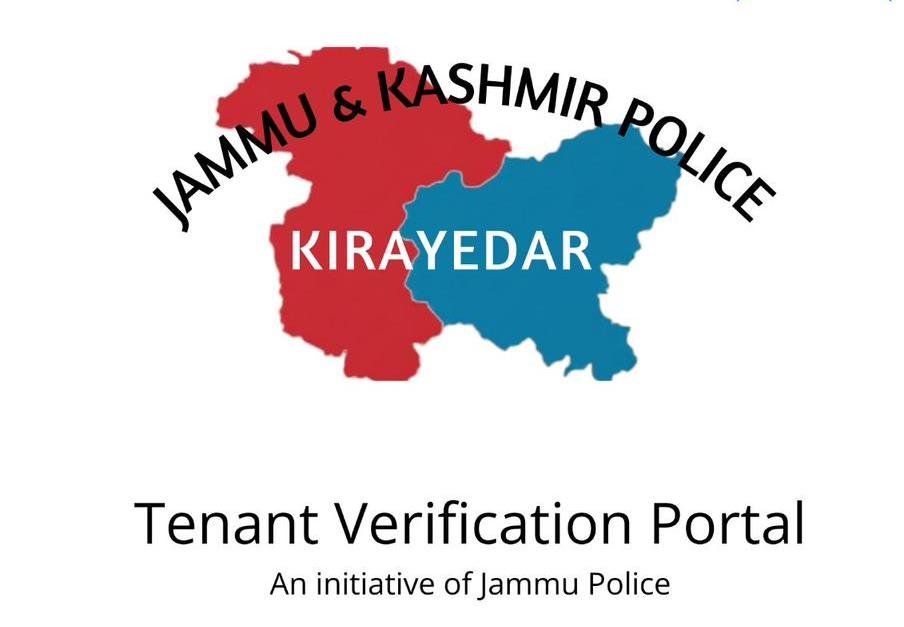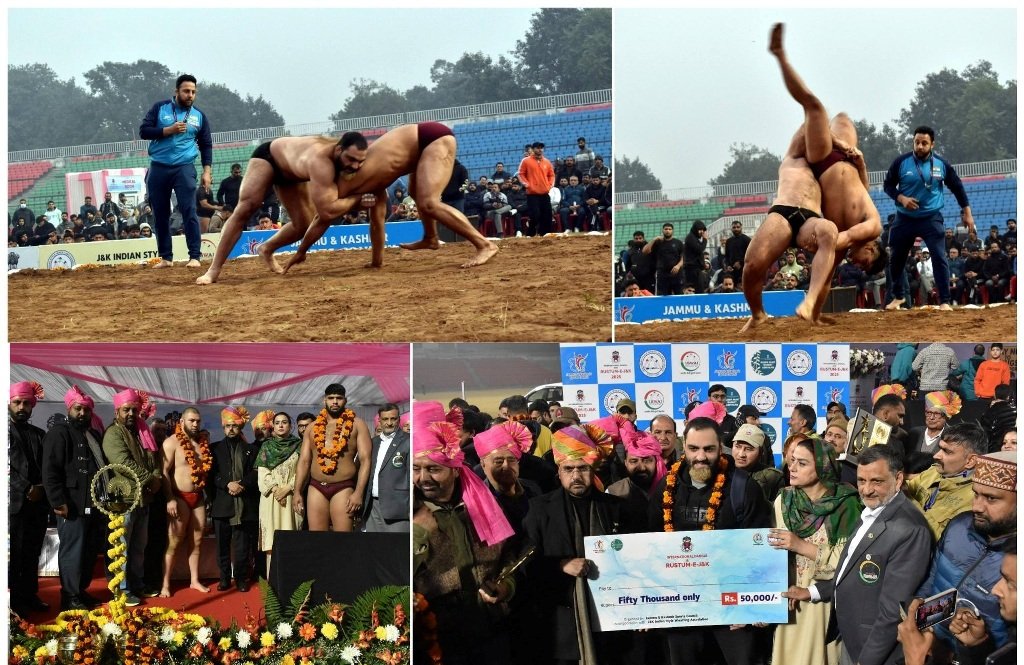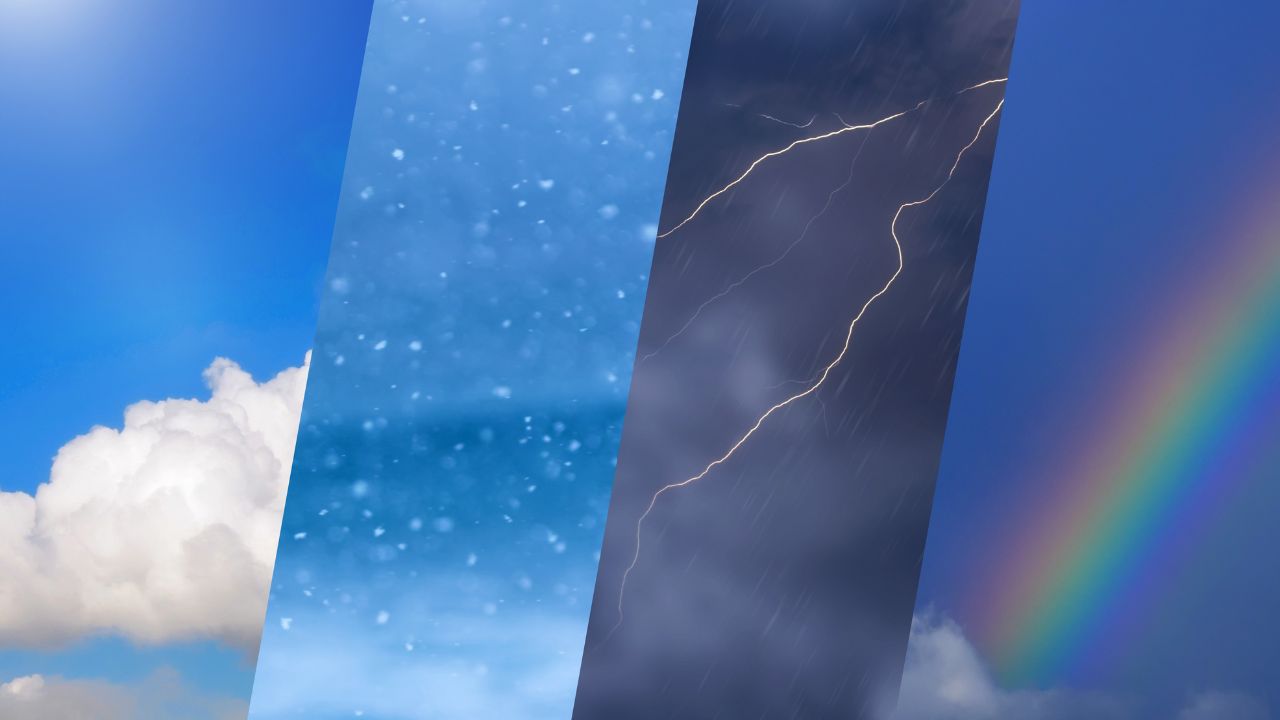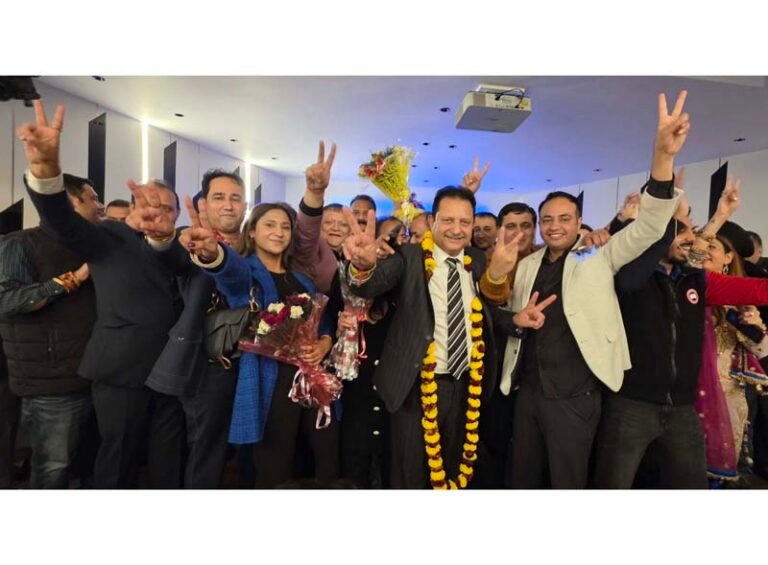A Long-Awaited Rail Dream Fulfilled
The Indian Railways has accomplished a historic milestone by establishing continuous train connectivity between Kashmir and the rest of India. On June 6, Prime Minister Narendra Modi will inaugurate the world’s highest railway arch bridge — the Chenab Bridge — and flag off Vande Bharat trains between Katra and Srinagar. During his visit to Jammu and Kashmir, the Prime Minister is scheduled to inspect the Chenab Bridge deck around 11 a.m., followed by the inauguration of the Anji Bridge. By 12 p.m., he will flag off the Vande Bharat trains, marking a new era in regional connectivity. Later in the day, he will lay the foundation stone and dedicate to the nation multiple infrastructure and development projects worth over ₹46,000 crore at Katra. This landmark occasion not only realizes Maharaja Hari Singh’s long-standing vision but also signifies a major step forward in regional integration, economic growth, and tourism. The newly opened section between Sangaldan and Reasi under the Udhampur-Srinagar-Baramulla Rail Link (USBRL) project overcomes geographic barriers and reinforces national unity.
From Royal Dream to National Triumph: The Journey of Kashmir’s Railway Connectivity
The vision of connecting Kashmir through a railway network dates back to the 19th century, when Maharaja of Jammu and Kashmir first proposed the idea on March 1, 1892. Determined to bring the Valley into the rail map of India, the Dogra ruler commissioned British engineers to conduct a survey of the region’s challenging terrain. Over a century later, that unrealized vision has finally become a reality.
Early Efforts by Maharaja Hari Singh: British Surveys and Unrealised Ambitions
In June 1898, the Maharaja appointed the British engineering firm S R Scott Stratten and Co to survey the Himalayan terrain and develop a feasible railway project. Over the next 11 years (1898–1909), three major engineering reports were produced, yet only one was approved.
- First Report by D.A. Adam (1898): Recommended an electric railway using steam locomotives on a two-feet-six-inch narrow gauge between Jammu and Kashmir. The plan was rejected due to unmanageable elevation challenges.
- Second Report by W.J. Weightman (1902): Suggested a line from Abbottabad (now in Pakistan) along the Jhelum River. This proposal was also rejected.
- Third Report by Wild Blood: Proposed alignment along the Chenab River via Reasi. This plan was approved.
Further technical evaluations included ideas for powering electric trains with stations at Udhampur, Ramsu, and Banihal. However, these were abandoned after feasibility assessments. British engineer Col D.E. Bourel was assigned to study local coal reserves, and a geological report by T.D. La Touche on Sangarmarg and Mehowgala coal mines was also commissioned. In December 1923, Scott Stratten & Co was re-engaged for coal extraction implementation.
The project was ultimately shelved in 1925 following the death of Maharaja Pratap Singh and the surge of India’s independence movement.
Revival of the Dream: From Indira Gandhi to USBRL
After nearly six decades of dormancy, Prime Minister Indira Gandhi reignited the vision by laying the foundation stone for the Jammu–Udhampur–Srinagar railway line in 1983. Initially estimated at ₹50 crore with a 5-year completion plan, the project faced tremendous hurdles. Only 11 km was constructed in 13 years—featuring 19 tunnels and 11 bridges—at a cost of ₹300 crore.
To expand the effort, the broader Udhampur-Katra-Baramulla Rail Project was launched, with foundation stones laid by Prime Ministers H.D. Deve Gowda and I.K. Gujral in 1996 and 1997, respectively, at Udhampur, Qazigund, and Baramulla. Construction began in 1997 but was continuously delayed by difficult terrain, extreme weather, and topographical challenges. Costs skyrocketed to over ₹43,800 crore.
In 2002, recognising its strategic and national importance, the Udhampur-Srinagar-Baramulla Railway Line (USBRL) was declared a national project.
Timeline of Key USBRL Sections Commissioned
| Section | Year Commissioned |
|---|---|
| Qazigund–Baramulla | 2009 |
| Banihal–Qazigund | 2013 |
| Udhampur–Katra | 2014 |
| Banihal–Sangaldan | 2023 |
| Sangaldan–Reasi (completing link) | February 2024 |
Engineering Feat of a Lifetime: The Chenab Bridge
The crown jewel of this railway line is the Chenab Bridge, towering 359 meters above the riverbed—35 meters higher than the Eiffel Tower, making it the world’s highest railway arch bridge. The project includes 38 tunnels and 927 bridges, forming one of the most complex engineering marvels in Indian Railways’ history.
Impact on Remote Villages and Livelihoods
To facilitate construction in militancy-affected, remote regions, over 215 km of approach roads were developed—many in areas once accessible only on foot or by boat. These roads have brought transformative changes to more than 1.5 lakh people across 70 remote villages, including Dugga, Surukot, Sawalkot, Khari, and Hingni.
These villages have witnessed:
- Rise of local markets
- Opening of eateries and repair shops
- Improved mobility and communication
- Boost in employment and rural income
Once a distant royal vision, the Kashmir Railway Project now stands as a symbol of national integration, regional empowerment, and unmatched engineering. As one official aptly summarized:
“The Kashmir train project, once just a royal vision, now stands as a symbol of national integration and engineering excellence.”

